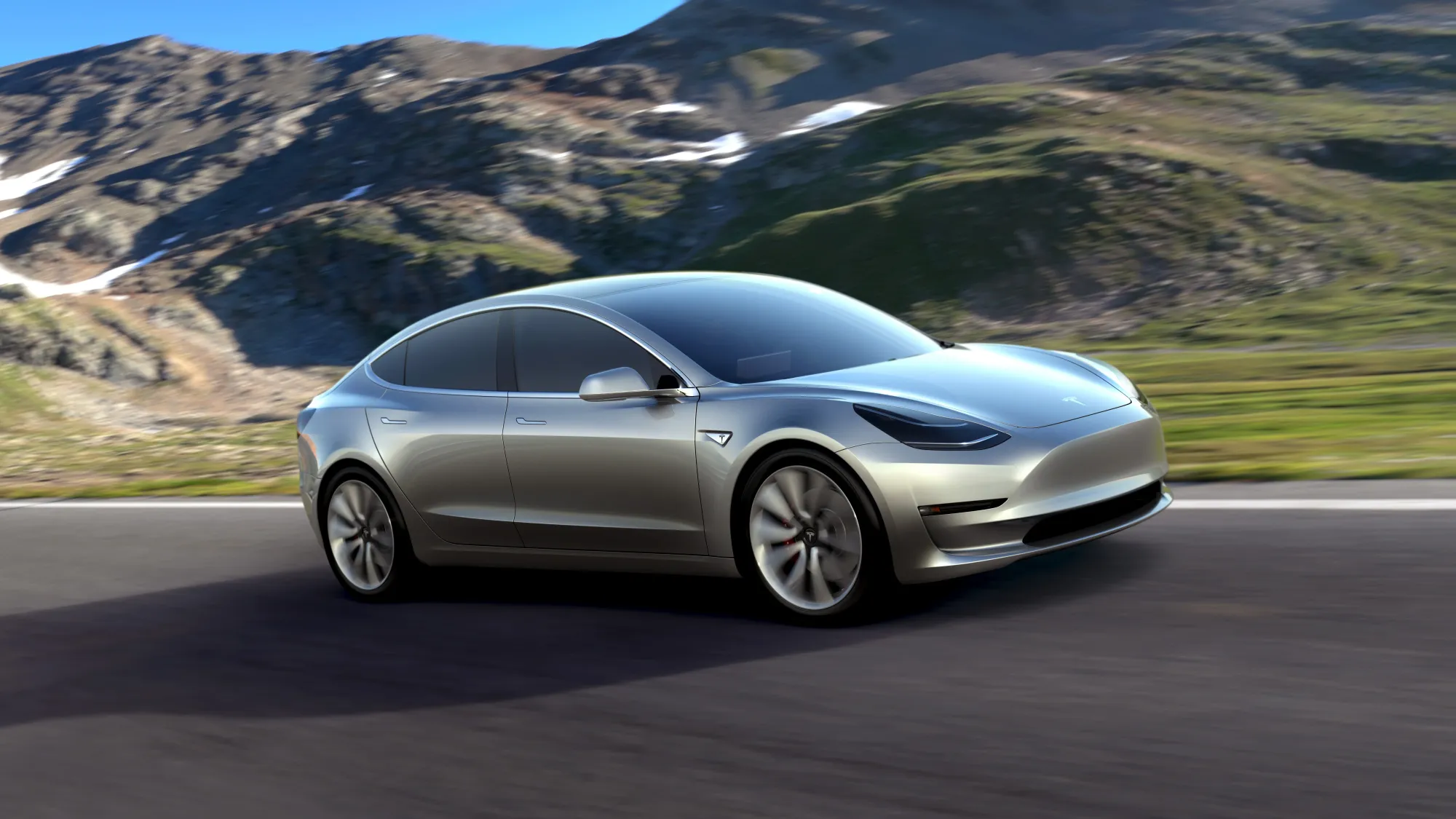When it comes to electric vehicles, the Tesla Model 3 and BMW i4 are prominent contenders in the market, each offering a unique blend of performance, technology, and style. This comparison will cover essential aspects such as pricing, design, performance, range, and more, to help you decide which model aligns better with your preferences and needs.
Pricing and Trim Levels: Tesla Model 3 vs BMW i4
Pricing and trim levels are crucial factors in choosing an EV, as they dictate the cost and available features.
-
💰 Base Model Pricing: The Tesla Model 3 starts at approximately $40,240, offering features like a minimalist interior and Autopilot. The BMW i4 starts around $55,900, providing a more traditional luxury interior and premium sound system.
-
🚀 Performance Trims: The Model 3 Performance trim offers a thrilling drive for $53,240, with a 0-60 mph time of 3.1 seconds. The BMW i4 M50, priced at $67,300, boasts a robust 536 horsepower, reaching 60 mph in just 3.7 seconds.
Design and Exterior Features: Tesla Model 3 vs BMW i4
Design and exterior features significantly impact an EV's appeal and functionality.
-
🎨 Aerodynamic Design: The Tesla Model 3's sleek silhouette enhances efficiency, while the BMW i4's sporty lines focus on performance with a slightly more aggressive stance.
-
💡 Lighting and Aesthetics: Tesla's LED headlamps provide a futuristic look, whereas BMW's distinctive kidney grille and laser lights add a touch of elegance.
-
🚪 Unique Features: The Model 3 features a glass roof enhancing visibility, whereas the i4 sports frameless windows adding to its coupe-like allure.
-
📏 Exterior Dimensions: The Model 3 is slightly shorter and narrower, making it easier to maneuver in tight spaces compared to the more spacious BMW i4.
Interior and Cabin Space: Tesla Model 3 vs BMW i4
Interior comfort and space are paramount in creating a pleasant driving experience.
-
🪑 Seating and Comfort: The Model 3 offers a minimalist approach with comfortable seating for five, while the i4 includes sport seats with adjustable lumbar support for added comfort.
-
📱 Technology Integration: Tesla's 15-inch central touchscreen dominates the cabin with its cutting-edge tech, whereas the i4 integrates a curved display for an immersive experience.
-
🧳 Storage and Utility: The Model 3 provides 15 cubic feet of cargo space, while the i4 offers a bit more, allowing for flexible storage options.
Performance and Acceleration: Tesla Model 3 vs BMW i4
Performance and acceleration are key factors for many EV buyers.
-
⚡ Acceleration and Speed: The Model 3 Performance achieves 0-60 mph in 3.1 seconds, outperforming the i4 M50's 3.7 seconds, though both offer exhilarating speeds.
-
🛞 Handling and Drive Modes: The Model 3 offers agile handling with its low center of gravity, while the i4 features adaptive suspension for a balance between comfort and sportiness.
Range and Battery Options: Tesla Model 3 vs BMW i4
Range and battery options are critical for long-distance travel and daily commutes.
-
🔋 Battery Options: The Model 3 comes with Standard, Long Range, and Performance battery packs, while the i4 offers two variants: eDrive40 and M50.
-
🌍 Real-World Range: Tesla's Long Range version offers up to 358 miles, whereas the BMW i4 M50 provides approximately 270 miles, making the Model 3 more suitable for longer journeys.
Technology and Safety Features: Tesla Model 3 vs BMW i4
Technology and safety features enhance the overall driving experience and peace of mind.
-
🤖 Driver Assistance Features: Tesla's Autopilot offers advanced driver assistance, while BMW's Driving Assistance Professional provides comparable features.
-
🚘 Full Self-Driving (FSD): Tesla's FSD is a significant feature, aiming for full autonomy, whereas BMW focuses more on enhanced driver assistance.
-
🛡️ Active Safety Features: Both models include collision avoidance and emergency braking, though Tesla's software updates offer continual improvements.
-
⭐ Crash Test Ratings: Both vehicles score high in safety tests, with the Model 3 receiving top marks from NHTSA and Euro NCAP.
Charging Options and Infrastructure: Tesla Model 3 vs BMW i4
Charging options and infrastructure are essential for EV usability.
-
⚡ Home Charging: Both models support home charging setups, with Tesla offering a slightly faster home charging solution.
-
🌍 Public Charging Networks: Tesla's Supercharger network is extensive, while BMW leverages partnerships with other charging networks to provide robust support.
Charging Speed: Tesla Model 3 vs BMW i4
Charging speed directly impacts convenience for EV owners.
-
⚡ Home Charging Speed: The Model 3 charges at about 44 miles per hour with a Level 2 charger, while the i4 achieves around 30 miles per hour.
-
🌍 Fast Charging Speed: Tesla's Superchargers add up to 200 miles in 15 minutes, whereas the i4 can reclaim about 90 miles in 10 minutes at a compatible fast charger.
-
🛠️ Third-Party Chargers: Both vehicles are compatible with third-party chargers, though Tesla's adaptors might offer broader accessibility.
Customization Options: Tesla Model 3 vs BMW i4
Customization options allow buyers to personalize their EVs to their liking.
-
🎨 Exterior Colors: Tesla offers five simplistic colors, while BMW provides a broader palette, including metallic options for added flair.
-
🛞 Wheel Designs: The Model 3 features minimalist wheel designs, whereas the i4 offers sportier, performance-oriented options.
-
🪑 Interior Trims: Tesla's interiors are sleek and modern, while BMW provides a mix of luxury materials and color choices for a more classic feel.
Conclusion: Tesla Model 3 vs BMW i4
-
✅ Strengths of Each Model: The Tesla Model 3 excels in range and tech integration, while the BMW i4 shines in luxury and performance.
-
❌ Considerations: Tesla's minimalist design may not appeal to everyone, and BMW's higher starting price might be a barrier for some buyers.




